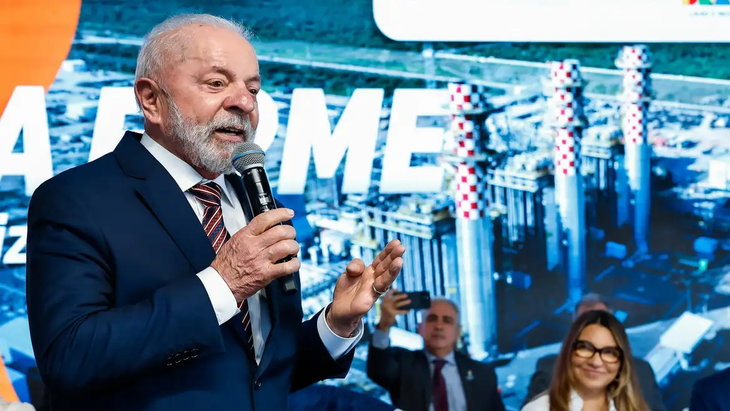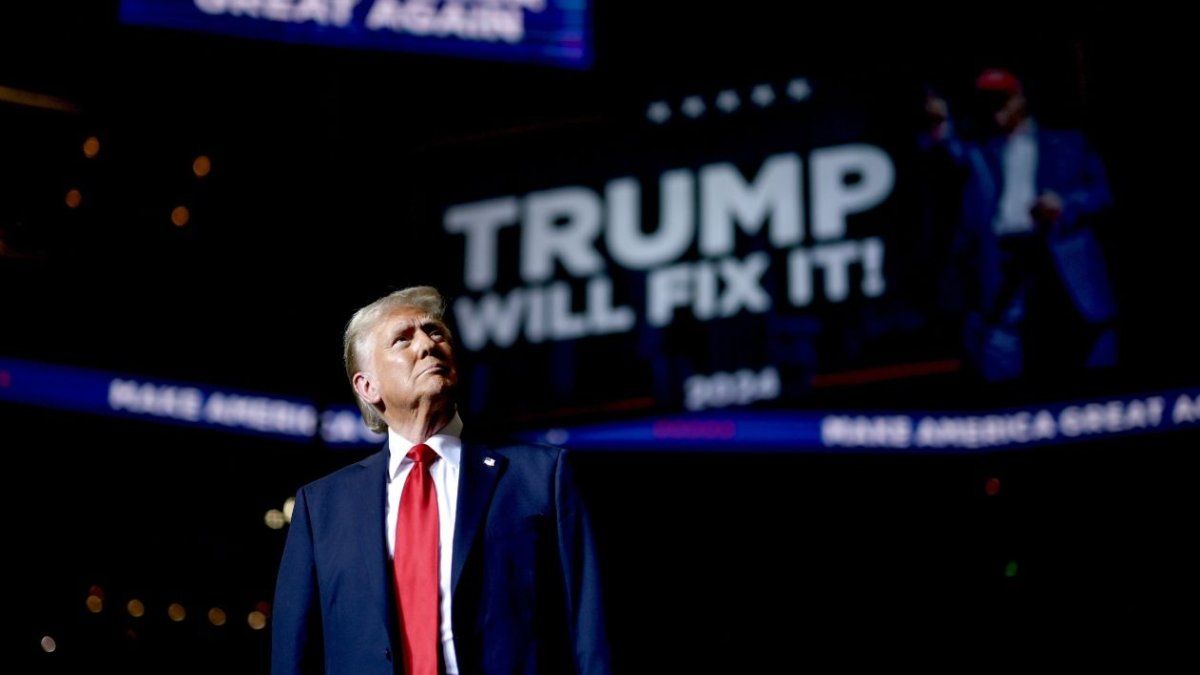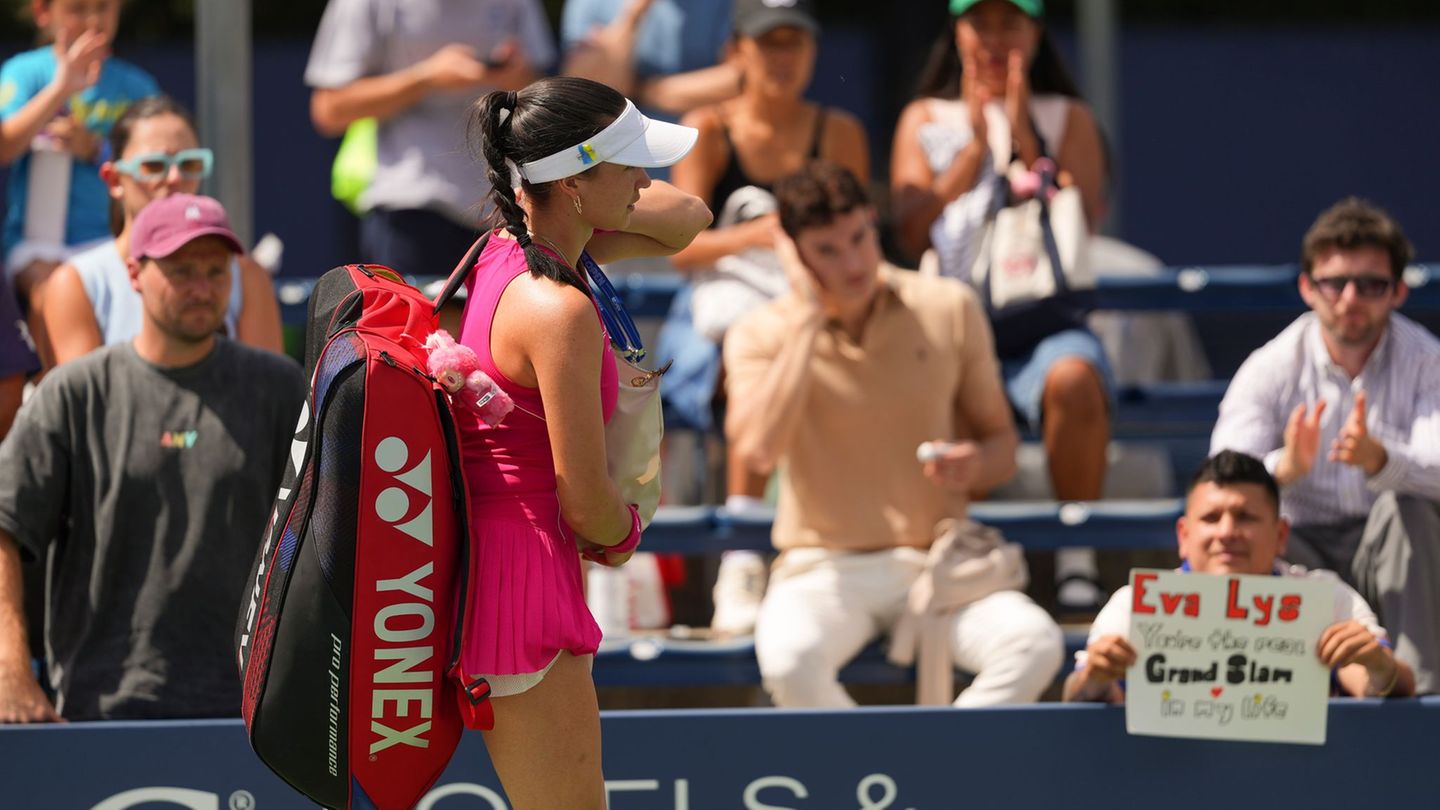After months of threats and negotiations, on Thursday the reciprocal tariffs driven by Donald Trump. It is an initiative with which the US administration seeks to solve its historic commercial deficit With the rest of the world, even at the cost of generating turbulence in international markets and in their own economy.
According to the White House, the decision seeks to respond to “An extraordinary threat” derived from a business negative balance at the commercial level and the supposed lack of reciprocity in agreements with other countries. Thus, it was decided to impose a 15% minimum tariff For many of the countries with which the US maintains a negative trade balance and 10% For those with whom surplusas was the case of Argentina.
In this way, most countries saw their tariffs reduced compared to those announced on April 2, even among those who received a surcharge above the average. Among the outstanding cases are Cambodiawhich went from 49% to 19%; Lesothofrom 50% to 15%; Vietnamfrom 46% to 20%; Thailandfrom 36% to 19%; and Madagascarfrom 47% to 15%.
Only three countries received increases in their tariffs compared to the April list: the Congo Democratic Republic, Equatorial Guinea and Swissthe latter moving from 31% to 39%the largest increase recorded in the old continent. Countries with the highest levies are Syria (41%), Laos (40%) and Myanmar (40%). They also set rates from 35% for Iraq and Serbiaand 30% to Algeria, Bosnia and Herzegovina and Libya.
The disappointment in Europe for the tariff agreement
One of the most anticipated negotiations by the market It was the one that the Republican Administration had with the European Union (EU). Although the European bloc expected a 10%tariff, that is, a 10 -point reduction to the tax that Trump originally announced, Finally, a 15% surcharge was reached.
Karl-heinz paqué, President of the Board of Directors of the Friedrich Naumann Foundation for La Libertad and president of Liberal International, he had affirmed ScopeThat this result He represented “a hard diplomatic defeat for the EU, perhaps the most serious in its commercial history so far.”
In addition, this Wednesday it was known that the planned tariffs on the imported pharmaceutical products to the United States They could reach 250% during the next year, What would mean a hard blow to the EU, since one of its main exports to the US are pharmaceutical products.
Ireland would be the most affected European country. The pharmaceutical sector represents 55% of its exports and With shipments to the US equivalent to 18% of the country’s GDPaccording to XTB.
Trump Liberation Day
Trump presented his first round of reciprocal tariffs on April 2.
Zuma Press Wire/DPA
BRICS particularities
India It was with a 25%tariff, just one point below the set in April, although this Wednesday it was known that will receive an increase of another 25% if you do not stop your purchases from the oil from Russiasanctioned on a large scale after his invasion to Ukraine. However, that increase in Indian products would be reflected within 20 days.
Another BRICS member who received a differential treatment was Brazil. Although the reciprocal tariff that the country governed by Lula da Silva is 10%will also face an additional surcharge of 40% as retaliation for the trial of the former president Jair Bolsonarowhom Trump Consider an ally. Meanwhile, South Africa received leaflets of 30%.
For its part, The United States follows negotiations with China and reached a temporary agreement: reduced its tariffs from 145% to 30%while Beijing dropped his own from 125% to 10%. Restrictions on rare and semiconductor land trade were also built.
Negotiations for a final pact must conclude before August 12. Trump said the conversations “march well”without offering details.
The International Trade Specialist Gabriel TorresI had opined to this medium that “There is no decision to act on the BRICS as a block as a whole”since the reasons that the US government gave to apply tariffs to those countries are different from each other.
And he considered that “India can be another threat in the economic sense such as Chinawhile those that could have some more political intentionality are Brazil and Russia. “
LULA DA SILVA BRAZIL USINA THE THERMOELECTRIC GNA II

The Lula government in Brazil was punished by an extra tariff of 40%.
Negotiations with Canada and Mexico
The case of Canada It was handled by a different channel, because together with Mexico they are part of the T-MEC, the free trade agreement between the three countries, and previously known as NAFTA.
Trump signed a specific executive order that raises tariffs from 25% to 35%claiming that Canada “He has not cooperated to stop the constant flow of fentanyl and other illicit drugs and has retaliates against the United States for the president’s actions to deal with this unusual threat”In addition, a 40% rate was introduced to Canadian goods considered transfined to avoid tariffs.
In contrast, Mexico He obtained a 90 -day extension in the application of most rates, after a conversation between Trump and his Mexican counterpart, Claudia Sheinbaum. Thus, it will keep the 25% tariff to products that are not included in the T-MEC.
Did the tariffs come to stay?
In dialogue with Scopethe economist specialized in international affairs Federico Vaccarezza He explained that “the West was thought of as a unified block” that believed that Trump’s first presidency was only “a kind of irregularity of the system” and not a sign that “the international system changed.”
And deepened: “The United States wants to rebuild internally and does not care what they do outside or how long it takes. It has a strategy to rebuild domestic abilities that were lost throughout the last three decades. “
For her part, former Ministry of Foreign Trade Marisa Bircher had opined to this medium that “Any president who comes and finds a better trade balance in favor, can hardly go back. And he deepened: “All the benefits that the United States will begin to incorporate to its trade, another American government hardly changed. What can change are forms, but I don’t think the background“
Source: Ambito




